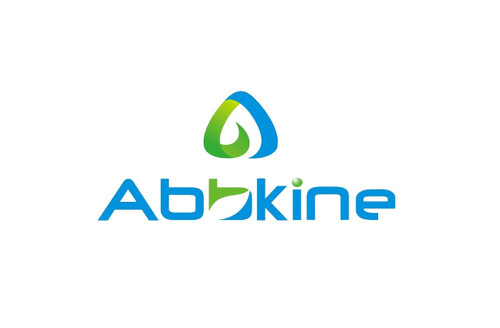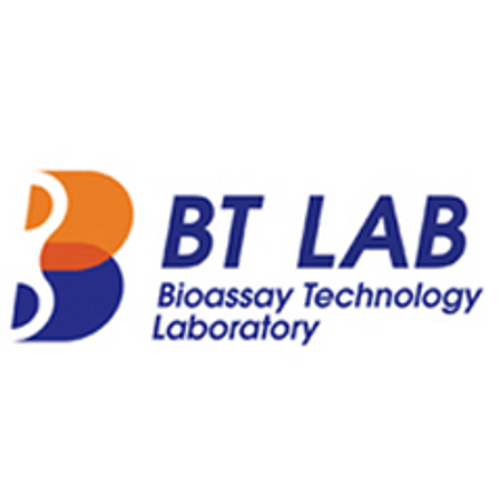Product Description
Human β-actin ELISA Kit | AE23593HU | Abebio
Species Reactivity: Human (Homo sapiens)
Abbreviation: ACTB
Alternative Name: PS1TP5BP1; PS1TP5-binding protein 1|actin; cytoplasmic 1|beta actin|beta cytoskeletal actin
Application: ELISA
Range: 1.56-100 ng/mL
Sensitivity: 0.57 ng/mL
Intra-Assay: ≤4.6%
Inter-Assay: ≤7.8%
Recovery: 1, 02
Sample Type: Serum, Plasma, Other biological fluids
Detection Method: Sandwich
Analysis Method : Quantitive
Test Principale: This assay employs a two-site sandwich ELISA to quantitate ACTB in samples. An antibody specific for ACTB has been pre-coated onto a microplate. Standards and samples are pipetted into the wells and anyACTB present is bound by the immobilized antibody. After removing any unbound substances, a biotin-conjugated antibody specific for ACTB is added to the wells. After washing, Streptavidin conjugated Horseradish Peroxidase (HRP) is added to the wells. Following a wash to remove any unbound avidin-enzyme reagent, a substrate solution is added to the wells and color develops in proportion to the amount of ACTB bound in the initial step. The color development is stopped and the intensity of the color is measured.
Product Overview: Beta-actin (gene name ACTB) is one of the two nonmuscle cytoskeletal actins. Actins are highly conserved proteins that are involved in cell motility, structure and integrity. Alpha actins are a major constituent of the contractile apparatus. In a neoplastic cell line resulting from treatment of cultured human diploid fibroblasts with a chemical mutagen, Leavitt et al. (1982) observed a mutant form of beta actin. Toyama and Toyama (1984) isolated and characterized lines of KB cells resistant to cytochalasin B. They found that one resistant line had an alteration in beta-actin. Such cells bound less cytochalasin B than did parental KB cells. The authors suggested that the primary site of action of cytochalasin B on cell motility processes is beta-actin.
Stability: The stability of ELISA kit is determined by the loss rate of activity. The loss rate of this kit is less than 5% within the expiration date under appropriate storage condition. The loss rate was determined by accelerated thermal degradation test. Keep the kit at 37°C for 4 and 7 days, and compare O.D.values of the kit kept at 37°C with that of at recommended temperature. (referring from China Biological Products Standard, which was calculated by the Arrhenius equation. For ELISA kit, 4 days storage at 37°C can be considered as 6 months at 2 - 8°C, which means 7 days at 37°C equaling 12 months at 2 - 8°C) .
 Euro
Euro
 USD
USD
 British Pound
British Pound
 NULL
NULL












